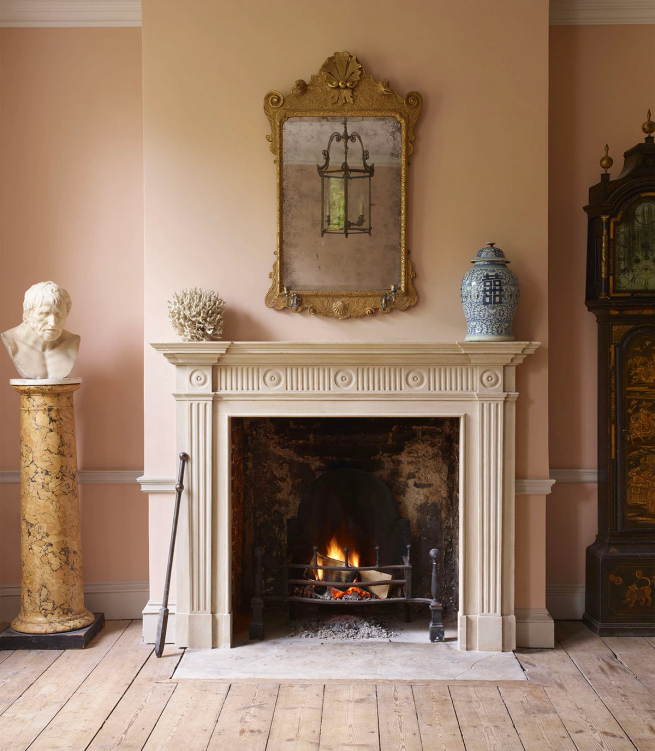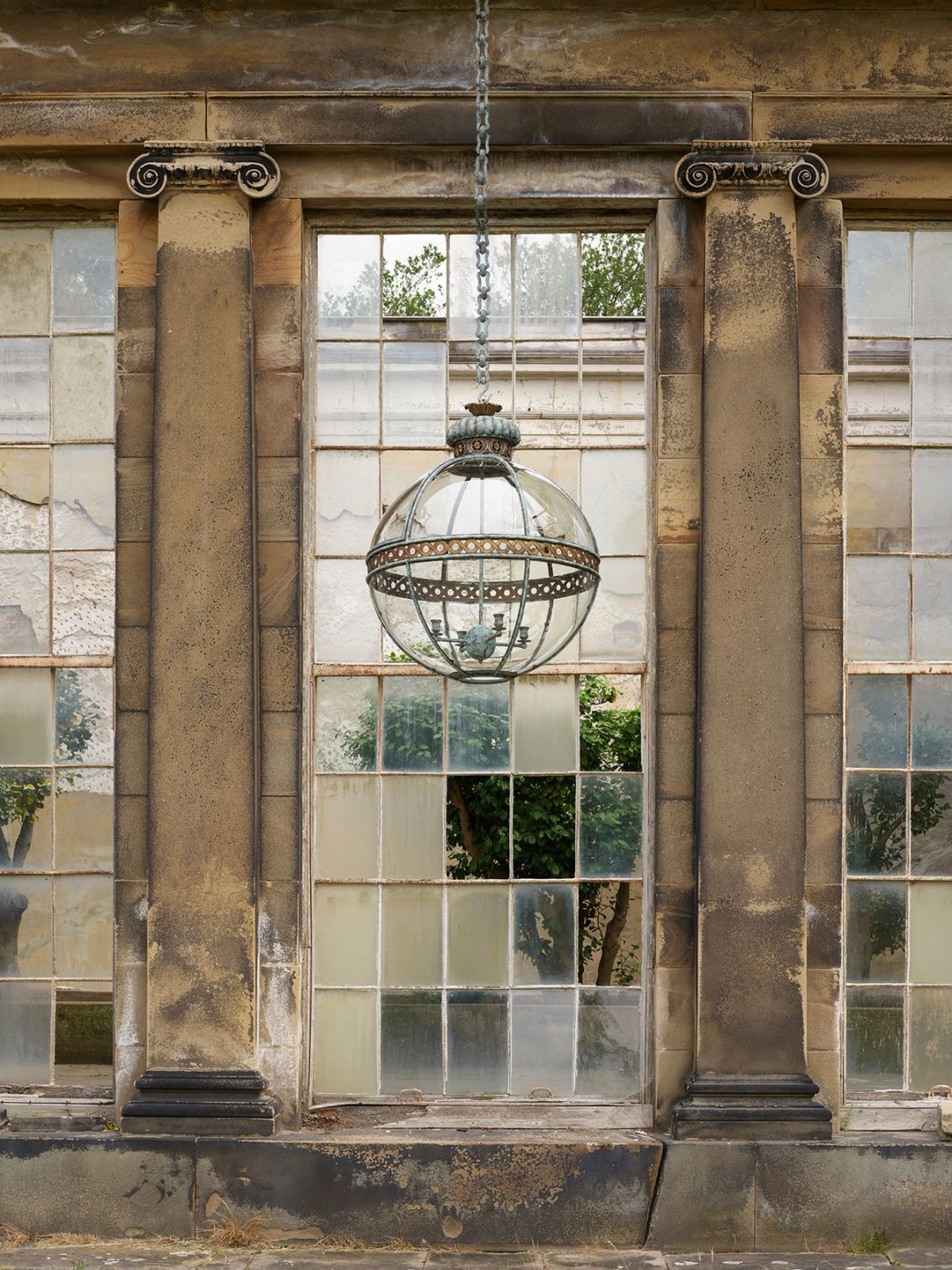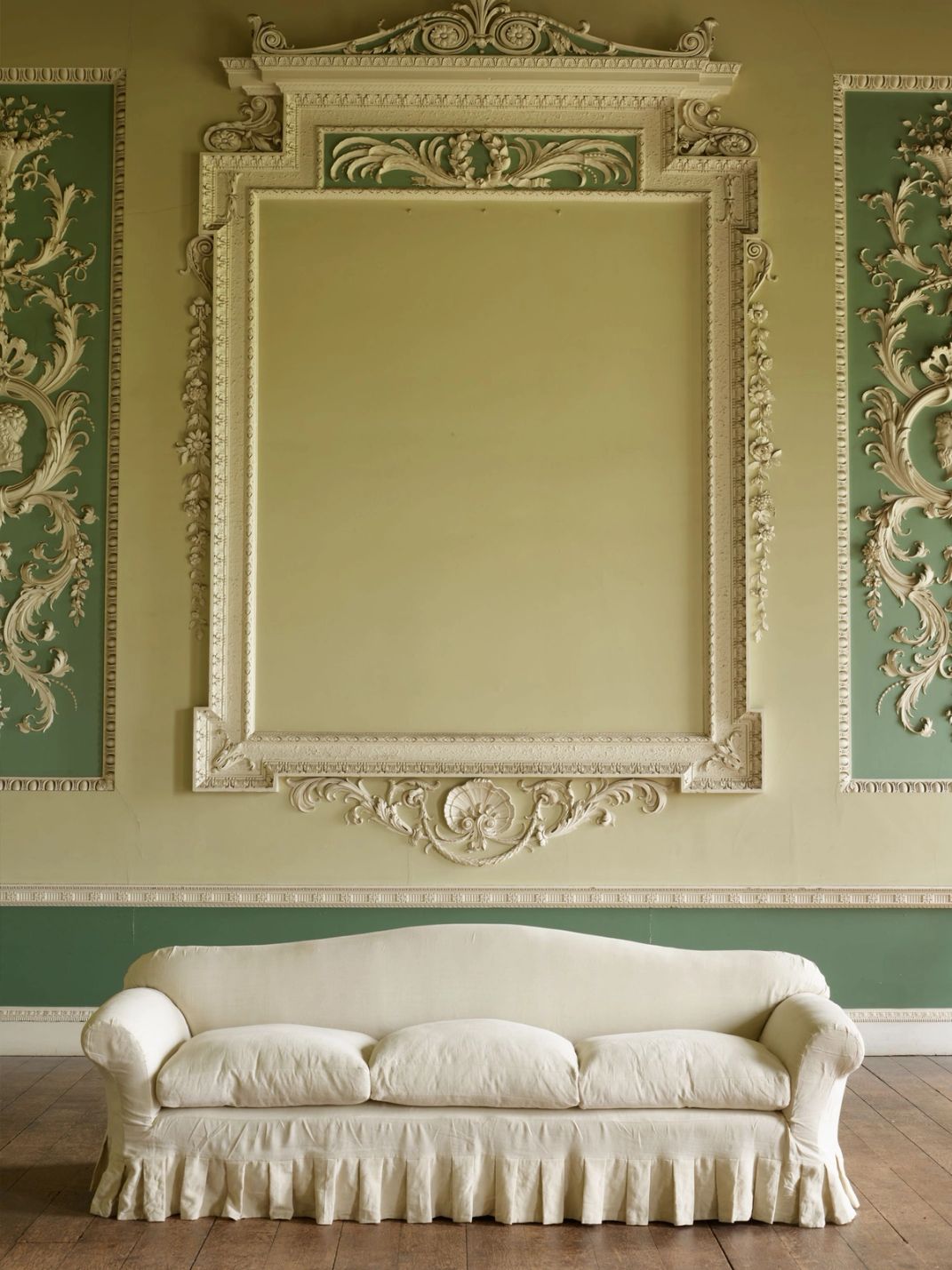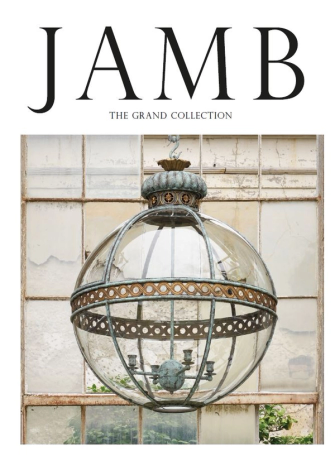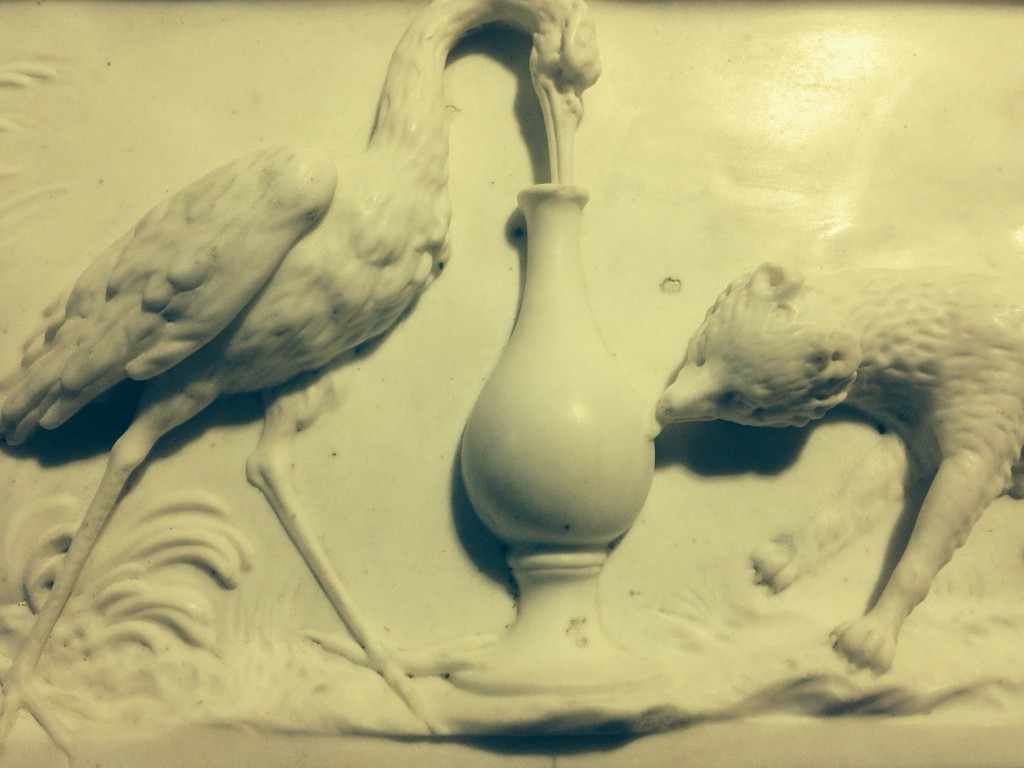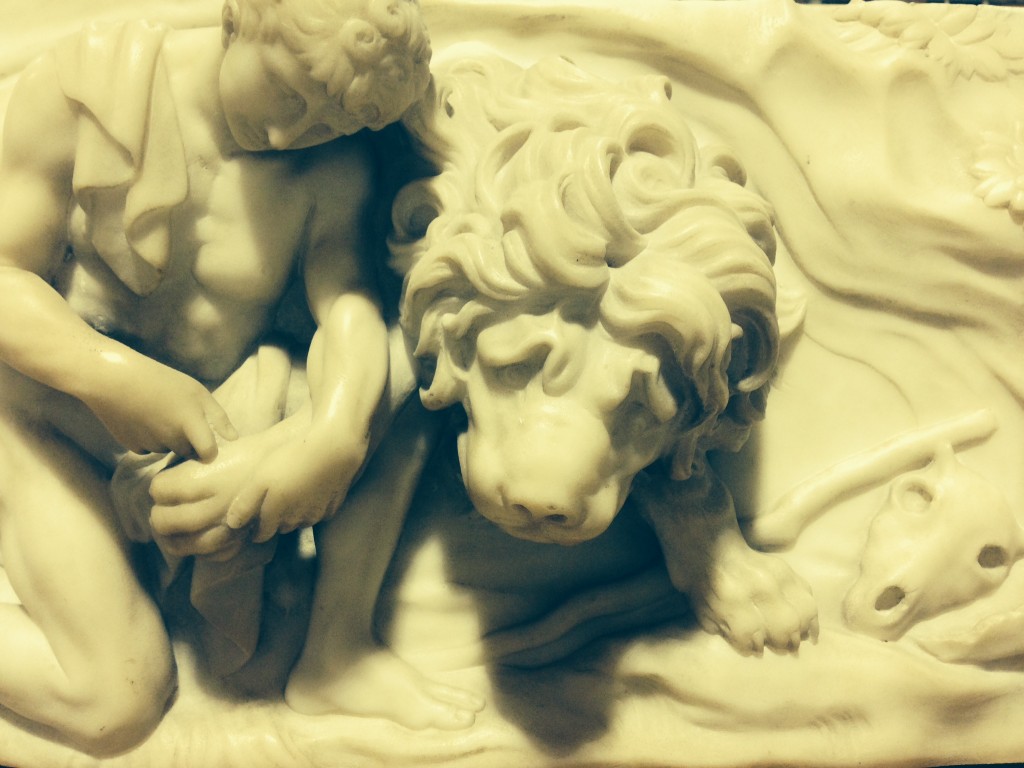Life is a series of stories and in many of the Antique Chimneypieces we sell at Jamb there is a tale to be told. Not just of origin, provenance or execution but of symbolism.
The proverb, the adage and the wisdom in Aesop’s fables became particularly popular in the 18th century. The message was prevalent from the word on the street corner to the designs created by the most important craftsmen, architects and designers. This mid 18th century chimneypiece, G200, by Thomas Carter I depicts Aesop’s Fable of the Stork and the Fox. When the fox purposely serves shallow soup to the Stork so he could not drink it, the Stork taught the Fox a lesson by serving his supper to him in a vase. The moral here is to treat others as you would wish to be treated.
Once common place in the everyday vernacular these stories that have descended from the Ancient Greeks and Romans are set in stone. Many of Thomas Carter I and later Sir Henry Cheere designs were inspired from Francis Barlow’s wonderfully illustrated volumes of Aesop’s fables published in 1666 and 1687.
In this finely carved George III antique chimneypiece, G256, the Greek tale of Androcles and the Lion illustrates the power of compassion and the enduring nature of friendship. Androcles, a fugitive slave unknowingly took shelter in the cave of a ferocious Lion. Androcles sees only the Lion’s pain and removes a thorn embedded in his paw. Years pass and fate draws them together again when Androcles is recaptured and thrown to the lions in the Circus Maximum in Rome. The Emperor and the arena are amazed when the lion only shows affection to this man gaining both the man and the lion their freedom.
John Vanbrugh, the legendary architect, notably of Blenheim Palace and Castle Howard and instigator of the Baroque style in England was also, ( in his spare time!) a playwright and translated adaptations of Aesop’s fables that were performed at the Drury Lane theatre in 1697. This link between the Arts helped familiarise the masses with Aesop’s fables and encourage their usage as decoration .
The third illustration of Classical Greek symbolism can be seen in this 18th century antique chimneypiece, G229 where the contest between Virtue and Vice is beautifully shown.
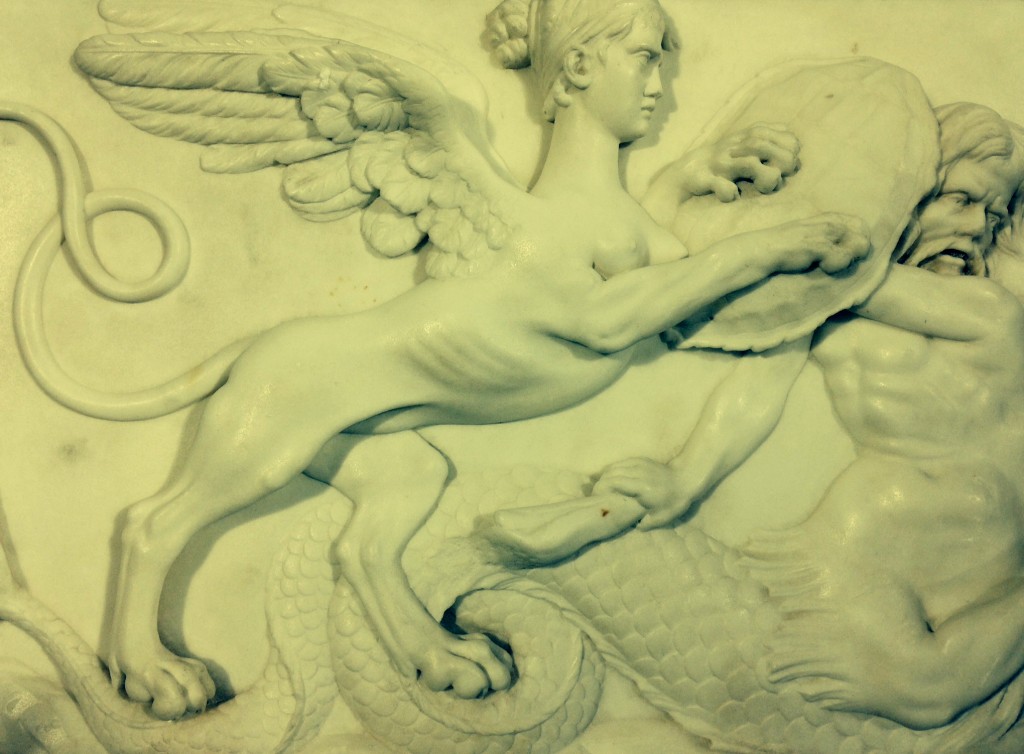
Virtue is depicted here as a Sphinx and Vice as Triton: the Son of Neptune and Aphrodite defending himself behind a shell.


